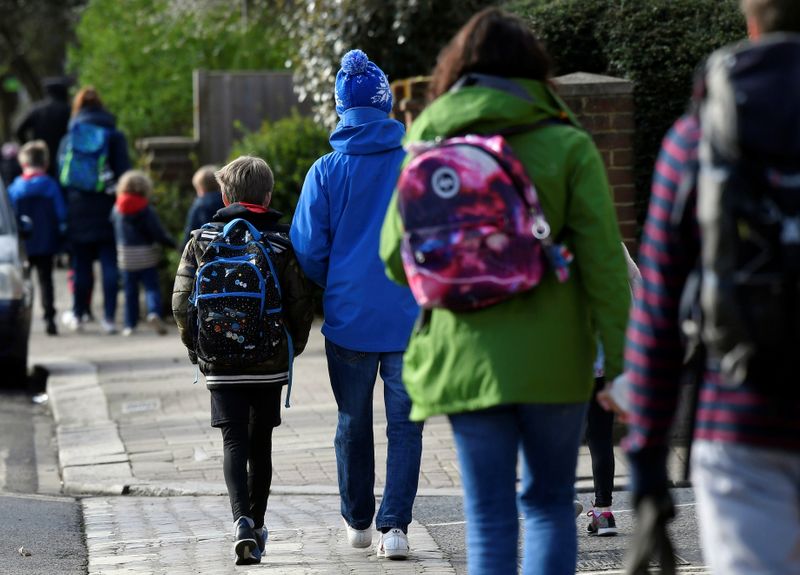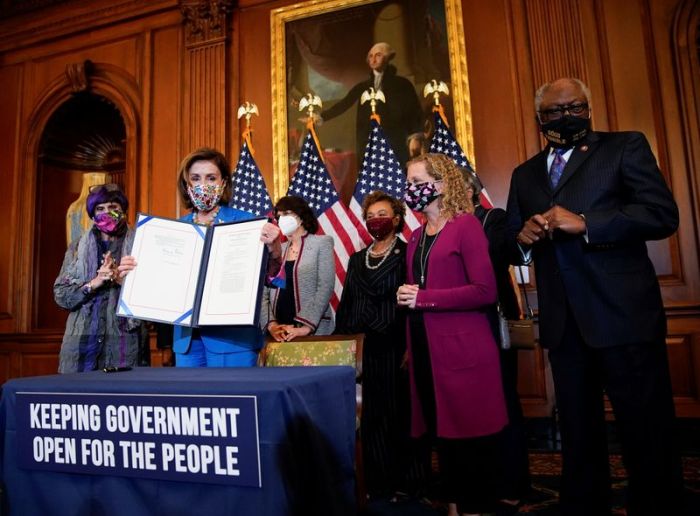By Alistair Smout
LONDON (Reuters) -The prevalence of COVID-19 infections in England increased in the week ending Sept 25, Britain’s Office for National Statistics said on Friday, led by an increase in infections in school-age children.
Schools in England have been open for around a month, and some epidemiologists have highlighted concern about rising cases among children, although it is yet to translate into a sustained increase in infections for the population more broadly.
There was an estimated prevalence of 4.58% among secondary school-age children, meaning more than 1 in 25 tested positive for COVID-19, compared to 2.81% of children in the age range testing positive in the previous week.
The overall prevalence figure for England was 1 in 85, slightly higher from the previous week’s figure of 1 in 90, although it remains lower than it was two weeks ago, when it was estimated at 1 in 80.
The estimated COVID reproduction number may also have risen slightly, government figures showed. [S8N2NF04G]
The ONS Infection Survey looks to estimate infection numbers in the community beyond those who have come forward to be tested by using sampling to give an estimate of prevalence that is unaffected by fluctuations daily testing figures.
Prime Minister Boris Johnson has outlined a winter plan to cope with the coronavirus, and children over 12 years old are being offered a COVID-19 shot.
But vaccinations of those aged 12-15 only began last week, leaving England and other nations of the United Kingdom behind the United States and some other European countries.
In Scotland, which sets its own health policy and where schools went back in mid-August, recorded daily cases have fallen after hitting record highs in late August.
The ONS said the prevalence of cases had fallen but was still higher than in England, with 1 in 55 infected.
(Reporting by Alistair Smout; editing by Costas Pitas)




















